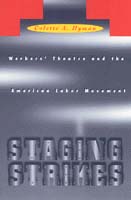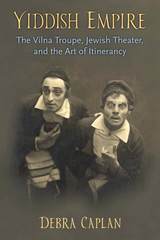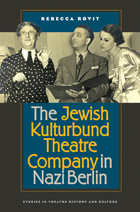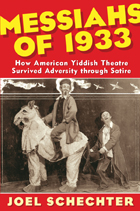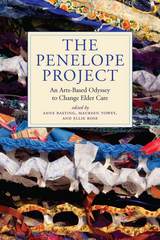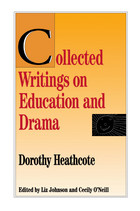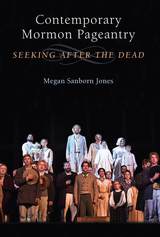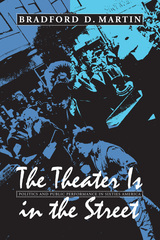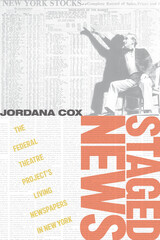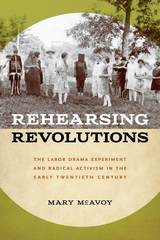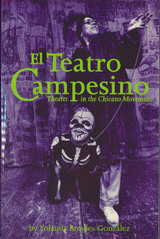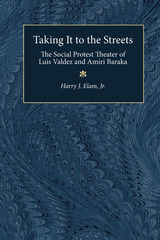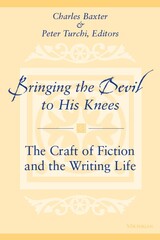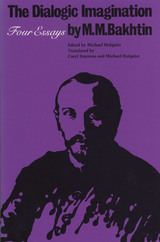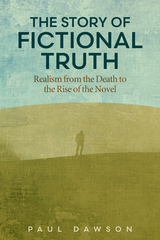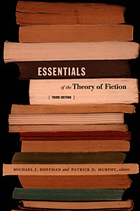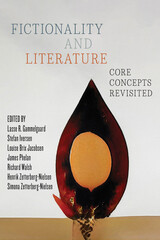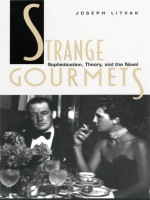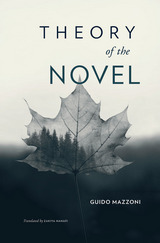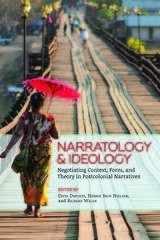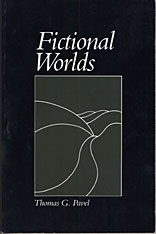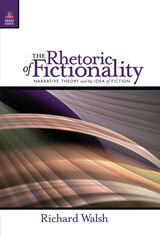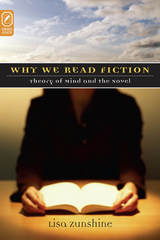Staging Strikes: Workers' Theatre and the American Labor Movement
Temple University Press, 1997
Paper: 978-1-56639-505-2 | Cloth: 978-1-56639-504-5
Library of Congress Classification PN3307.U6H96 1997
Dewey Decimal Classification 792.022
Paper: 978-1-56639-505-2 | Cloth: 978-1-56639-504-5
Library of Congress Classification PN3307.U6H96 1997
Dewey Decimal Classification 792.022
ABOUT THIS BOOK | AUTHOR BIOGRAPHY | REVIEWS | TOC
ABOUT THIS BOOK
In the thirties, those on the political left, Socialists, Communists, artists and writers, educators, and labor movement activists, shared the belief that leisure activities should reflect and promote the interests of working people. Cultural activities should be used to educate workers in bringing about radical social and political changes and to draw people together around shared interests. Workers' theater became a successful vehicle for political education and for involving the audience in the labor movement.
Such plays as "Let Freedom Ring" and "Waiting for Lefty" depicted experiences that paralleled the audiences' own, that entertained and absorbed them, and that showed them the personal, social, economic, and political changes that could be achieved through the struggles of the labor movement.
In clear and moving prose, Hyman traces the history of workers' theater from its grassroots origins to the Federal Theater Project of the WPA under Roosevelt and into unions' recreational programs. Even today, the tradition of workers' theater endures in local and regional productions that reflect current worker concerns or revive significant workers' plays of the Depression period. Hyman shows that the significance of workers' theater lies not only in the plays produced but also in the audiences' experience, in coming together out of common concerns to achieve a solidarity that emphasizes the effectiveness of collective action.
Such plays as "Let Freedom Ring" and "Waiting for Lefty" depicted experiences that paralleled the audiences' own, that entertained and absorbed them, and that showed them the personal, social, economic, and political changes that could be achieved through the struggles of the labor movement.
In clear and moving prose, Hyman traces the history of workers' theater from its grassroots origins to the Federal Theater Project of the WPA under Roosevelt and into unions' recreational programs. Even today, the tradition of workers' theater endures in local and regional productions that reflect current worker concerns or revive significant workers' plays of the Depression period. Hyman shows that the significance of workers' theater lies not only in the plays produced but also in the audiences' experience, in coming together out of common concerns to achieve a solidarity that emphasizes the effectiveness of collective action.
See other books on: 20th century | American Labor Movement | History | United States | Workers' theater
See other titles from Temple University Press
